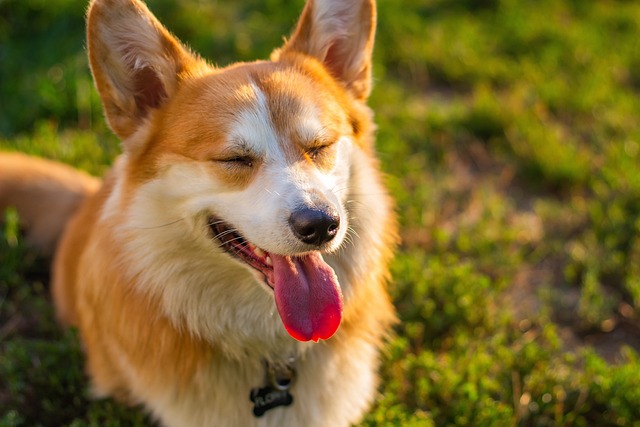
What is considered drinking a lot of water for a dog
Imagine you’re in your Phoenix apartment, refilling your 1-year-old Corgi mix’s water bowl for the third time before 2 p.m.—the Arizona sun is streaming through the window
You’ve just brought your new puppy home, and amidst the chaos of toys and training, you notice they’re either glued to their water bowl or ignoring it completely. It’s a small detail that nags at you: how much water should they actually be drinking? While the old rule of thumb is about one ounce of water per pound of body weight daily, this is just a starting point. The real answer is more nuanced, depending on your dog’s diet, activity level, and even the weather, but understanding hydration is a fundamental part of preventative health care.
Scientifically, water is the unsung hero of nearly every bodily function. It regulates body temperature through panting, aids digestion, cushions joints, and flushes out toxins through the kidneys. A dog eating dry kibble, which is only about 10% moisture, will naturally need to drink more than a dog on a wet food diet, which can be up to 80% water. A brisk 30-minute walk around your neighborhood on a warm day or a spirited play session will also significantly increase their needs. The key is to establish a baseline for your individual dog. Track how much you’re putting in the bowl over a few typical days to learn what’s normal for them. A sudden increase or decrease in consumption can be one of the first and most reliable signs of underlying issues, from diabetes and kidney disease to infections, which is why monitoring it is so important.
Your role is to make fresh, clean water readily available and to recognize the signs of both dehydration and overhydration. Check for dehydration by gently pinching the skin at the back of your dog’s neck; if it doesn’t snap back quickly, they need more fluids. For overhydration, which is rarer but can be dangerous, watch for lethargy, bloating, or pale gums. Always provide water in a clean, sturdy bowl that’s not easily tipped over. For apartment living, this is especially practical—a spilled water bowl on hardwood floors not only creates a mess but can damage your security deposit. Consider placing the bowl on a easy-to-wipe mat and establishing a designated hydration station away from high-traffic areas to prevent accidental spills during zoomies.
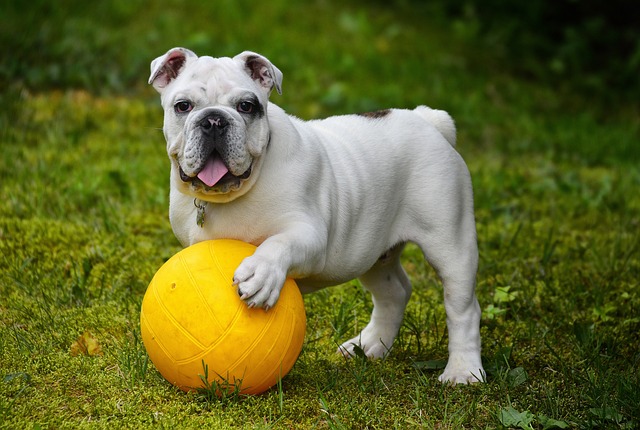
This focus on hydration seamlessly ties into the broader responsibilities of dog ownership. A well-hydrated dog has healthier digestion, which leads to more predictable potty schedules. This reliability is crucial for apartment dwellers who need to plan walks and ensures you can always fulfill the non-negotiable community duty of immediately cleaning up after your pet, a rule encoded in most city ordinances. Furthermore, using positive reinforcement to encourage your pup to take water breaks during play, rather than forcing them, aligns with modern, force-free training ethics. It turns a necessary act into a positive experience. Proper hydration isn’t just about health; it’s about fostering a predictable routine that makes your dog a comfortable member of your home and a polite, welcome presence in your building and local parks.

Imagine you’re in your Phoenix apartment, refilling your 1-year-old Corgi mix’s water bowl for the third time before 2 p.m.—the Arizona sun is streaming through the window
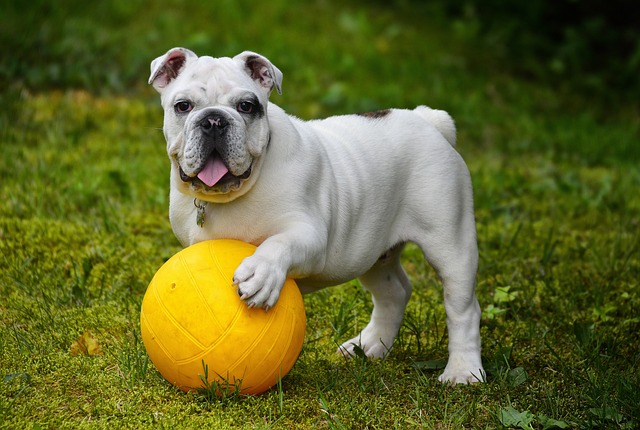
You’ve just brought your new puppy home, and amidst the chaos of toys and training, you notice they’re either glued to their water bowl or ignoring it completely.
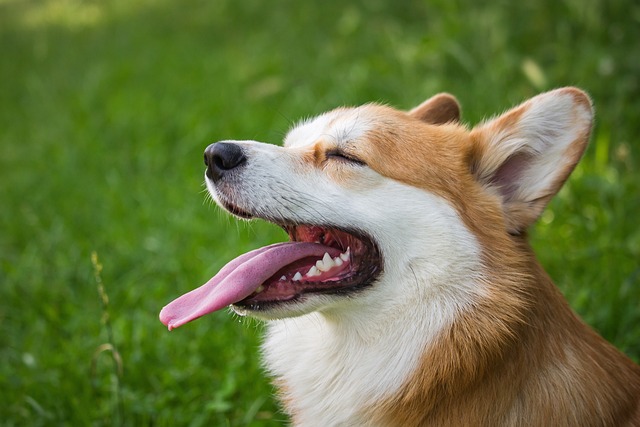
You're scrolling through Instagram, seeing pictures of happy, healthy dogs alongside captions praising their grain-free diet.
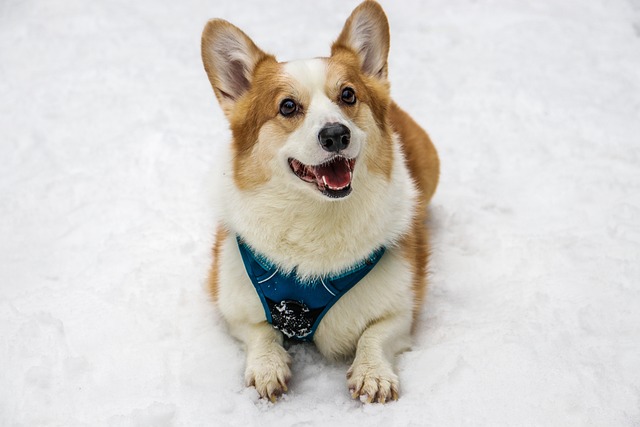
Imagine you’re standing in the pet section of a Florida grocery store, holding two bags of dog food: one labeled “grain-free” with a picture of a happy Husky
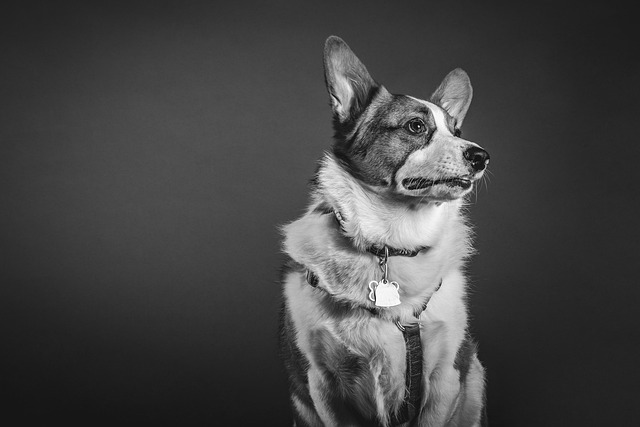
You walk into the living room and spot it: a kibble tucked behind the couch, another under the rug, and maybe even a piece of treats buried in your potted plant.

Imagine you’re pushing a cart down the pet aisle of a New York City grocery store, staring at a wall of dog nutritional supplements—glucosamine chews for joints